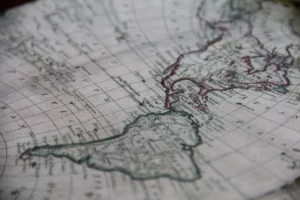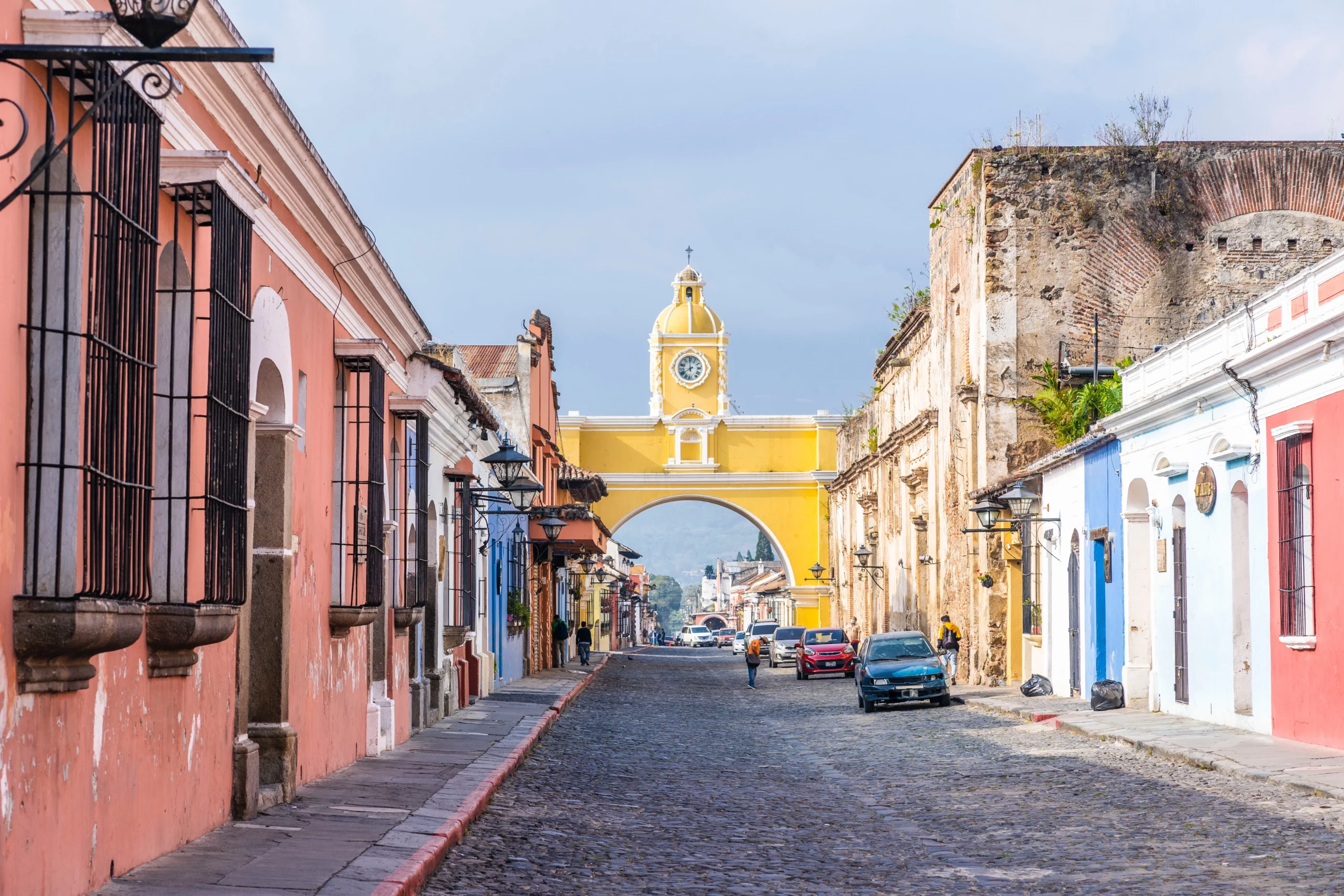
Understanding the Complexities of American Geopolitics in 2024
Delve into the evolving geopolitical landscape of the Americas in 2024, where conflict, cooperation, and the emergence of new powers redefine the region.

Latin America’s geopolitical scene in 2024 blends continuity with challenges. The region, known for vibrant cultures and rich history, navigates a complex global environment. Under incumbents like Brazil’s Lula and Argentina’s Miele, stability is prioritized. They seek to leverage geopolitical distances to their advantage.
In a world where change is constant, many Latin American countries are choosing the path of policy continuity. Leaders like Lula in Brazil and Miele in Argentina symbolize this trend, steering their nations through turbulent times with a steady hand. This approach aims at ensuring political stability and fostering an environment conducive to growth and development.
For more insights, visit Americas Quarterly.
Despite global uncertainties, Latin America is poised for economic growth, albeit at a modest pace. This growth, however, is not uniform across the region, with some countries outpacing others. The economic landscape is shaped by several factors, including:
Inflation and unemployment: Persistent issues that demand attention.
Public debt management: A crucial task for countries like Argentina and Ecuador.
Foreign investment: Attracted by the region’s stability and potential.
For a deeper dive into Latin America’s economic outlook, CAF offers comprehensive analysis.
Latin America’s physical separation from global hotspots acts as a double-edged sword. On one hand, it offers a buffer against direct involvement in conflicts, allowing the region to focus on internal development and attract investments. On the other hand, it challenges the region to assert its presence on the global stage.
To understand more about Latin America’s position in global geopolitics, Foreign Affairs provides a detailed perspective.
The geopolitical landscape of Latin America is also marked by divisions in foreign policy and struggles in regional cooperation. Argentina’s pivot away from BRICS and towards closer ties with the United States underlines these divisions, creating ripples across the region. Moreover, organizations like CELAC and Mercosur face their own set of challenges, from internal disagreements to the daunting task of addressing shared concerns.
For further reading on the subject, S&P Global offers insightful analysis.
Readers seeking a broader understanding of American geopolitics can explore Geopolitics Journal’s comprehensive coverage.
In Latin American geopolitics, the strengthening of authoritarian regimes presents a significant challenge. Venezuela, Nicaragua, Cuba, and Bolivia witness an entrenchment of authoritarian actors. This raises concerns regionally and for the United States and the wider hemisphere. This trend underscores a critical aspect of the geopolitical landscape in 2024, highlighting the need for vigilant international engagement and support for democratic institutions.
For an in-depth analysis, the Gordon Institute sheds light on these developments.
The year 2024 sees Latin America grappling with increased social unrest and political polarization. Argentina, under the leadership of President Milei, faces the specter of civil unrest due to extensive austerity measures. Similarly, countries like Peru, Ecuador, and Colombia are at the risk of disruptive protests affecting critical sectors such as mining and extraction, further complicating the regional political landscape.
To explore the implications of these developments on Latin America’s politics, The Dialogue provides valuable insights.
The phenomenon of political polarization in Latin America has far-reaching implications, affecting everything from policy-making to the fabric of democracy itself. In 2024, this polarization manifests in slowed legislative processes, heightened economic challenges, and a strain on democratic governance. The situation is exacerbated by populist leadership styles and the erosion of democratic norms, posing a substantial threat to the region’s stability and prosperity.
The visualization represents the impact of political polarization in Latin America in 2024, focusing on key areas such as Democratic Erosion, Economic Challenges, Security Risks, and Institutional Weakness. The data highlights the significant toll political polarization is taking on the region’s democracy, economy, security, and institutions, with Democratic Erosion being the most affected area.
For a detailed discussion on political polarization and its effects, IDB offers comprehensive insights.
Readers interested in the broader implications of American geopolitics, including the interplay between economic, societal, and power dynamics, can find a wealth of information at Geopolitics Journal.
The internal and external challenges facing Latin America in 2024 are profound, touching on every aspect of the geopolitical spectrum. From the entrenchment of authoritarian regimes to the convulsions of social unrest and the deep fissures created by political polarization, the region’s path forward is fraught with difficulties. Yet, these challenges also present opportunities for growth, reform, and the strengthening of democratic institutions.
As we navigate the complexities of Latin American geopolitics in 2024, it’s clear that the region is at a pivotal moment. The interplay of policy continuity, economic challenges, geopolitical stances, internal political landscapes, and the pervasive impact of political polarization underscores a critical juncture for Latin America. The path chosen by the region’s nations in addressing these multifaceted issues will significantly influence their future stability, prosperity, and democratic integrity.
Policy Continuity: Stability and predictability in governance contribute to fostering a conducive environment for growth, yet they also necessitate adaptability to global economic and political shifts.
Economic Growth Amidst Challenges: While Latin America projects growth, disparities and structural issues persist, requiring comprehensive strategies to enhance economic resilience.
Geopolitical Distances and Alliances: The region’s strategic positioning offers both protection and isolation, making the cultivation of diplomatic and economic ties crucial.
Authoritarianism vs. Democracy: The strengthening of authoritarian regimes poses a significant threat to democratic norms, highlighting the need for regional and international support for democracy.
Social Unrest and Political Polarization: Rising unrest and polarization demand a concerted effort towards social cohesion, inclusive governance, and the protection of democratic institutions.
| Aspect | Challenges | Opportunities |
| Policy Continuity | Adaptability to global shifts | Stability and predictability |
| Economic Growth | Inflation, unemployment, debt management | Potential for investment |
| Geopolitical Stances | Isolation from global conflicts | Strategic partnerships |
| Internal Political Dynamics | Authoritarianism, social unrest | Strengthening of democratic institutions |
| Political Polarization | Erosion of democracy, slowed policymaking | Consensus-building, inclusive governance |
In navigating these waters, Latin America must balance its rich cultural and political heritage with modern geopolitics. Its future depends on addressing internal challenges, fostering economic development, and engaging constructively globally. Latin America’s resilience and dynamism offer hope for overcoming challenges and seizing opportunities ahead.
For further exploration of geopolitical dynamics, Geopolitics Journal’s analysis of the United States’ economy, society, and power provides a comprehensive perspective on how internal and external forces shape nations’ trajectories in the Americas and beyond.
Enhancing regional cooperation and integration.
Strengthening democratic institutions and governance.
Prioritizing economic reforms to address structural disparities.
Deepening engagement with global partners for diversified economic and diplomatic ties.
Promoting social cohesion through inclusive policies and dialogue.
In summary, the geopolitics of Latin America in 2024 presents a landscape filled with both enduring challenges and emerging opportunities. As the region forges its path, the choices made by its leaders and citizens will be instrumental in shaping its role on the global stage and the well-being of its people. Latin America’s journey through these geopolitical currents will be a testament to its resilience and capacity for renewal in the face of adversity.

Delve into the evolving geopolitical landscape of the Americas in 2024, where conflict, cooperation, and the emergence of new powers redefine the region.

Explore the transformative journey of the Americas, from ancient civilizations to modern geopolitical dynamics, highlighting the impact of territorial construction on the region.

Delve into the 2024 U.S. economic landscape: A comprehensive analysis of growth projections, strategic reforms, and actionable insights for a resilient economy.